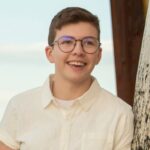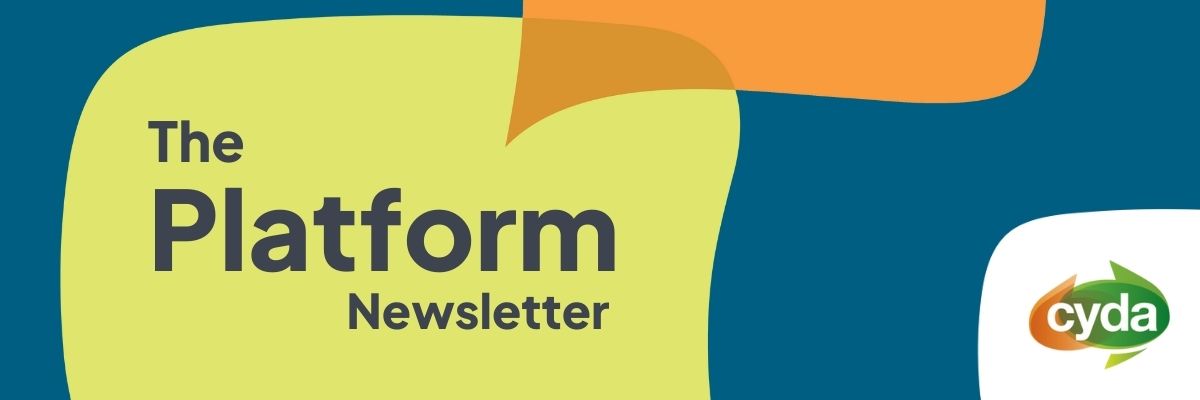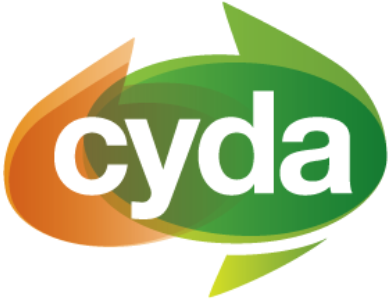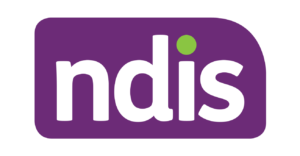Want to help disabled students? Fund public schools!
Louise Weekley breaks down how a lack of funding for public schooling and other socio-economic factors disadvantage students with disability.
Public or private education – which is better? You have probably heard the debate before and the answer is usually the same. Judge it based on the percentage of young people who go on to attend university and have better-paying careers and private schools are the winner. Judge it based on the amount of funding each sector gets each year and, once again, it’s private schools. But what does this mean for students with disability?
Currently, 76% of students with disability in Australia attend the ‘worse’ option of public schools, with only 9.1% going on to pursue post-school education. This is despite public schools having fewer resources to remove barriers and implement reasonable adjustments which, according to the Disability Royal Commission, are essential for helping students with disability access inclusive education. In fact, in 2024, public schools were estimated to be a whopping $6.6 billion worse off than their private counterparts
Shockingly, Australia is one of the top three countries for spending on private schools, dedicating 0.7% of its GDP, or more than twice the amount recommended by the Organisation for Economic Cooperation and Development (OECD), to the private sector. This is all while public schools are underfunded and ignored, with only 1.3% of public schools having enough funding to meet their schooling resource standard. In other words, 98% of public schools cannot meet the needs of their students – disabled or not.
Not only that, but Australia also has some of the largest class sizes and workloads for teachers, while ranking sixth lowest in regards to teachers’ incomes in the OECD. This impacts all children and young people, but especially students with disability.
Limitation of choice is another barrier disadvantaging students with disability before they even begin their education journey. Roughly 45% of people with disability live near or on the poverty line, making private education not an option. Families and students with disability then have to factor in considerations such as physical access needs, support needs and finding schools that can provide the resources needed to support them. This is even harder for families that live in rural towns where there are generally fewer schools.
All of this is to say that students with disability are being set up to fail by factors beyond their control. What would happen if that extra $6.6 billion actually went into the public education system? Would we see the rate of people with disability attending post-school education rise? Would we see fewer people with disability living near or on the poverty line?
I know we can’t be certain that fixing the public education system would fix all the issues that people with disability face but it definitely might improve some of their outcomes. School is meant to be one of the most important things each person does to get them set up for life. If public schooling had enough resources to support all students with disability, it could drastically improve a lot of the statistics around work and study. Our education system is doing damage and the government needs to fix it.
This article is an extract from CYDA’s The Platform Newsletter. Receive monthly updates by subscribing below.

About the author:
Louise is a member of CYDA’s Youth Council currently studying a bachelor of disability and developmental education. She is a disability support worker and passionate about working in the field. Louise identifies as part of the LGBTQIA+ community and is passionate about sharing her journey as a young mum, wife and human living with a disability.

The Platform is our newsletter for young people with disability, featuring interviews, opportunities and news on the issues that matter to you!







